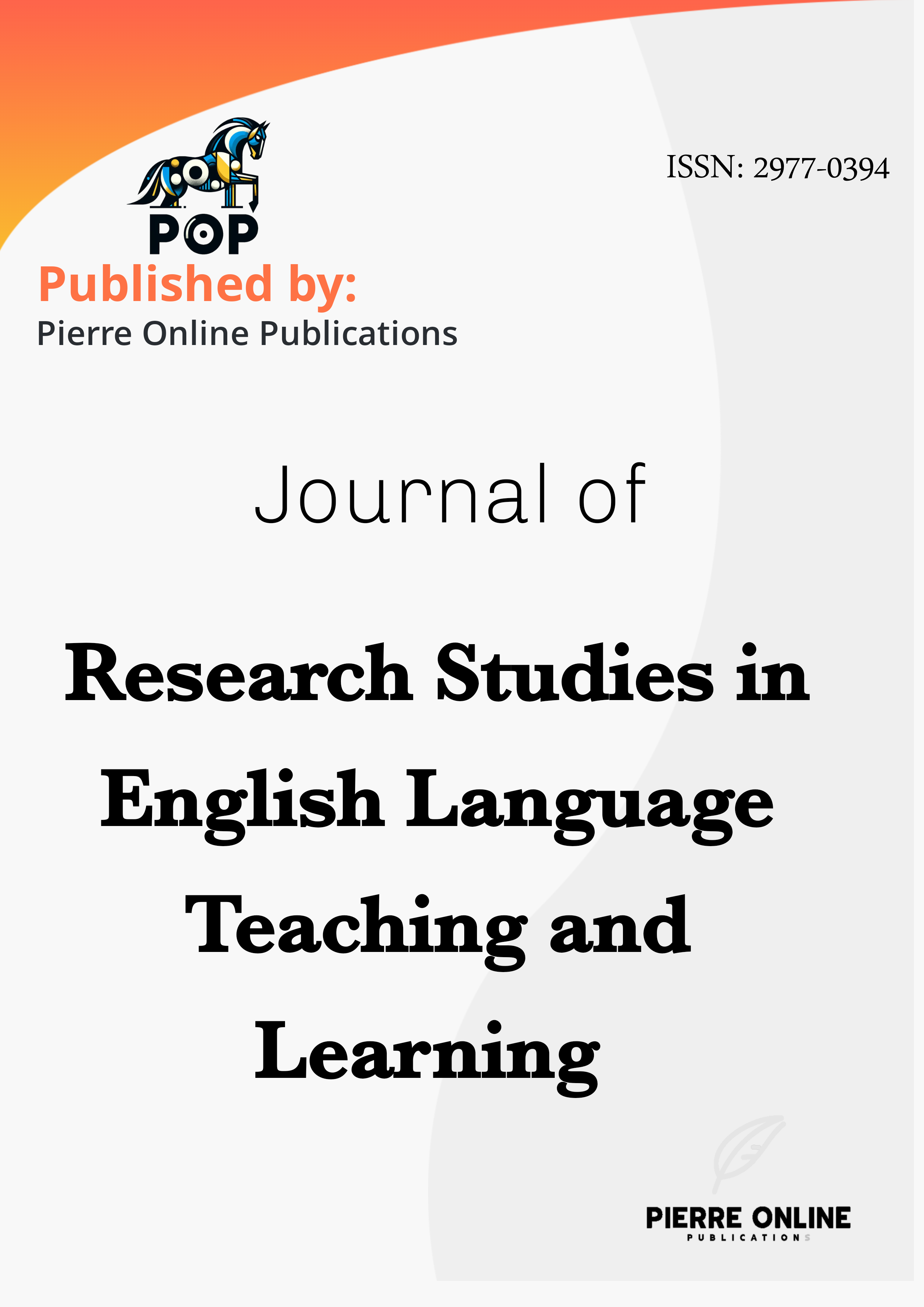Bridging the Gap: Rethinking American literature instruction for Gen Z in Philippine universities
Main Article Content
Abstract
Zhou (2020) highlighted that higher education instructors must place greater emphasis on teaching English and American literature because of its influence on students’ overall development. This study explored the challenges and strategies of teaching American literature to secondary and post-secondary students in 21st-century at a Philippine university. The study employed a mixed method approach to highlight the challenges and comprehensively discuss specific strategies used by higher education instructors. Data were collected through surveys and interview with 16 higher education instructors who were selected through purposive sampling. The data gathered were analysed through mean scoring and thematic analysis. The instrument used underwent reliability testing (Cronbach’s alpha). Results revealed that 62.5% of the survey respondents believe that younger students have a different view of classic American literature, and 50% agree that students from newer generations have different attitudes toward classic American literature compared to older generations. Moreover, qualitative results show that incorporating multimedia and contextualisation were effective in engaging students in American Literature while practicing translanguaging. A high percentage of respondents experienced challenges in terms of generational gap and resource availability. Results emphasise that there are important challenges for teachers in uniting students of different cultures and generations, but they also reveal that inclusive teaching can greatly benefit everyone. The study strongly recommends to educators and policymakers redesign the course on American literature in the Philippines with localised interpretations and focus on cultural growth.
Downloads
Article Details

This work is licensed under a Creative Commons Attribution 4.0 International License.
The Research Studies in English Teaching and Learning (RSELTL) Journal adopts the Creative Commons Attribution 4.0 International License (CC BY 4.0). This license allows for the free distribution and modification of the work, provided that the original author and source are credited. The CC BY 4.0 license is designed to promote the dissemination of scholarly work while protecting the rights of authors.
Author Rights
Under the CC BY 4.0 license, authors retain extensive rights to their work, including but not limited to:
-
Ownership of Copyright: Authors maintain copyright ownership of their work, permitting them to deposit their work in institutional repositories, share their work as they deem appropriate, and publish their work elsewhere, provided that the original publication in RSELTL Journal is properly cited.
-
Use and Distribution: Authors are entitled to unlimited use and distribution of their own work for educational and scholarly purposes, as long as the original work is properly cited.
-
Adaptation and Derivatives: Authors have the right to adapt, modify, or create derivatives of their work, provided that the original work is properly cited, and the modifications do not misrepresent the original work.
User Rights
In accordance with the CC BY 4.0 license, users (readers, scholars, and researchers) are granted the following rights:
-
Access and Distribution: Users are allowed to read, download, copy, distribute, print, search, or link to the full texts of articles published in RSELTL Journal without seeking prior permission from the publisher or the author, as long as the original work and authorship are properly cited.
-
Creation of Derivative Works: Users may adapt or create derivative works from the RSELTL Journal articles, provided that the original work is properly cited, and the derivative work is distributed under the same CC BY 4.0 license.
Responsibilities and Restrictions
-
Attribution: Proper attribution must be given to the original author(s) and the RSELTL Journal, including provision of a link to the original work and indication if any changes were made.
-
No Additional Restrictions: Users must not apply legal terms or technological measures that legally restrict others from doing anything the license permits.
-
Commercial Use: The CC BY 4.0 license permits commercial use of the works, as long as the original work and authorship are properly cited.




